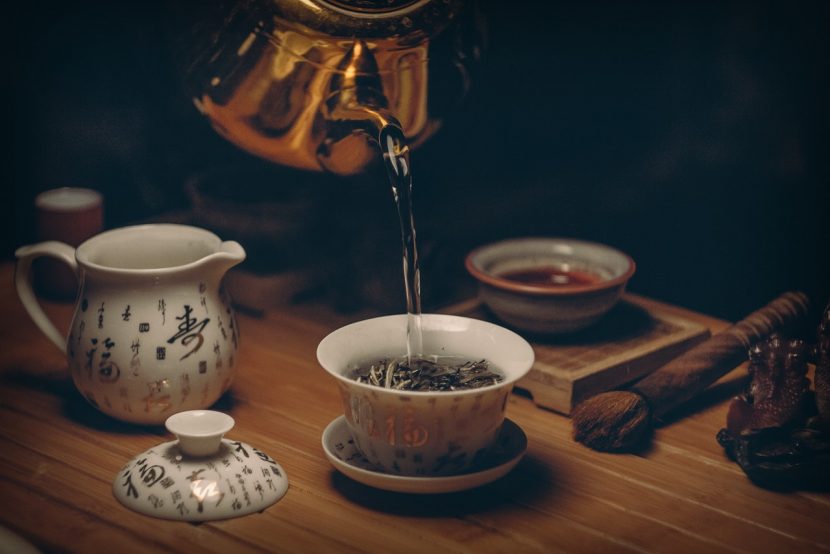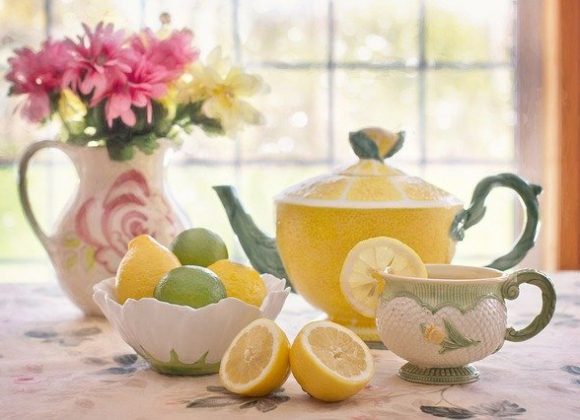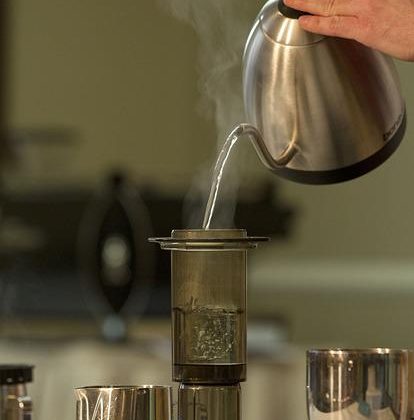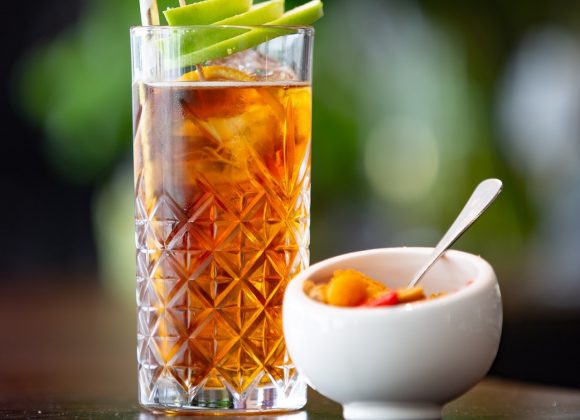Singapore, along with Malaysia and Hong Kong, is a crossroads for eastern and western tea cultures. As former British colonies with sizable migrant Southern Chinese communities, the influences of both tea cultures are palpable. In Singapore, for example, high tea and dim sum outlets offer a variety of options during the afternoon hour.
Not only in Singapore, tea is getting popular in other countries as well. People began to learn about the benefits of tea. Tea is rich in antioxidants called flavonoids (a group of oxygen containing aromatic antioxidant compounds that includes many common pigments). This is why tea is recommended by many health experts, especially when teas are brewed freshly. Our organism will benefit a lot by drinking it freshly brewed.

One cup of tea contains 14-18 mg of Thiamine. According to the daily requirements percentages in the United Kingdom, every 3.5 cups of tea contains 10% Vitamin B1 (Thiamine). Tea, in addition to Thiamine, contains caffeine. Theine is the name given to caffeine in tea. The most common misconception about the caffeine content of coffee and tea is that tea has more caffeine than coffee. While this is correct when measuring coffee and tea in their dry forms, it is incorrect when comparing brewed coffee and tea.
The caffeine content of tea is determined by several factors, including the method and length of brewing or steeping. According to research, the location of the leaf on the tea plant affects the caffeine content of the tea. Caffeine and antioxidants are found in the highest concentration in the plant’s youngest leaves. Let us now have a look at health benefits given by various sorts of tea:
1. White Tea
White tea is the least processed tea and contains the highest levels of antioxidants, which can thin the blood and improve artery function. It aids in the reduction of high blood pressure. This tea contains the least caffeine of any tea, with only 15 to 30 milligrams per eight ounce serving. Because it is the least processed, white tea is considered one of the most delicate tea varieties.
2. Green Tea
Green tea made from steamed tea leaves can effectively be used to lose weight and treat stomach disorders, vomiting, diarrhea, headaches, bone loss, and solid tumors. Green tea contains 35 to 45 milligrams of caffeine per eight-ounce serving. While it is less than black tea, it is still higher than other types of tea, such as white tea. Green tea is a gentler stimulant. Green tea is a good option if you want to reduce your caffeine intake but not completely eliminate it.
3. Black Tea
Black tea contains approximately 40 to 70 milligrams of caffeine per eighth ounce serving, whereas coffee contains approximately 95 to 200 milligrams. You can account for a similar amount of caffeine every morning if you drink your black tea in a larger cup. Black tea may protect the lungs from cigarette smoke damage, lowering the risk of stroke, brain injury, and hearing loss. If we drink black tea that is pure and unadulterated, with no added sweeteners, we are drinking tea that is extremely low in sodium, fat, and calories.
4. Oolong Tea
Oolong tea is a traditional Chinese tea with more flavor, body, and complexity than any other popular tea variant in Asian countries. With 37 to 55 milligrams of caffeine per eight ounce serving, it falls somewhere between black tea and green tea. Oolong Tea has been shown to lower bad cholesterol, prevent obesity, fight skin aging, and prevent heart disease and cancer.
5. Herbal Tea
Caffeine is not present in herbal teas such as chamomile, ginger, or peppermint. This is because these teas are not made from the camellia sinensis plant, as are most teas. Instead, they are made from caffeine-free dried flowers, leaves, seeds, or roots. Herbal tea is a good choice for a nightcap.





